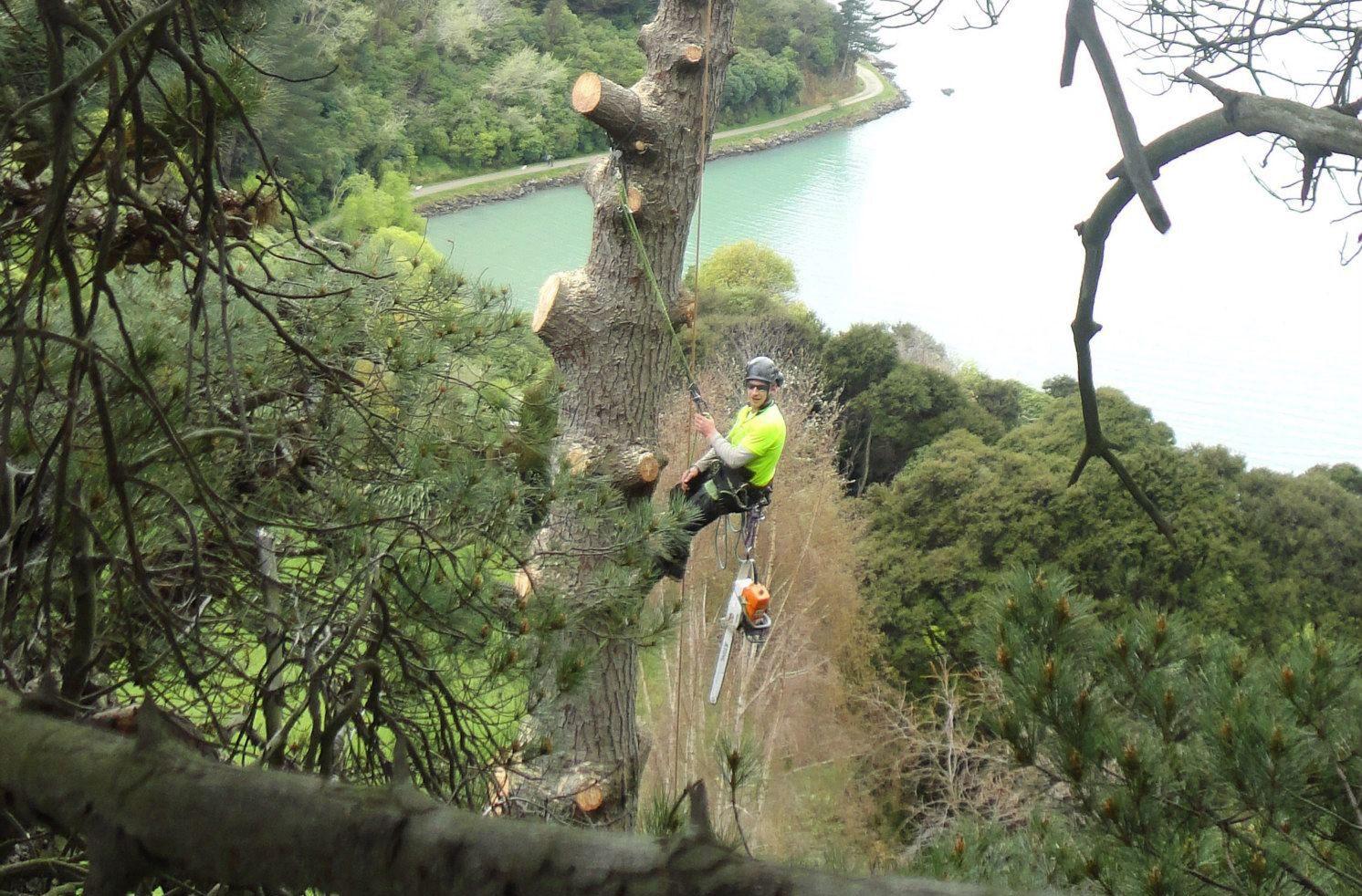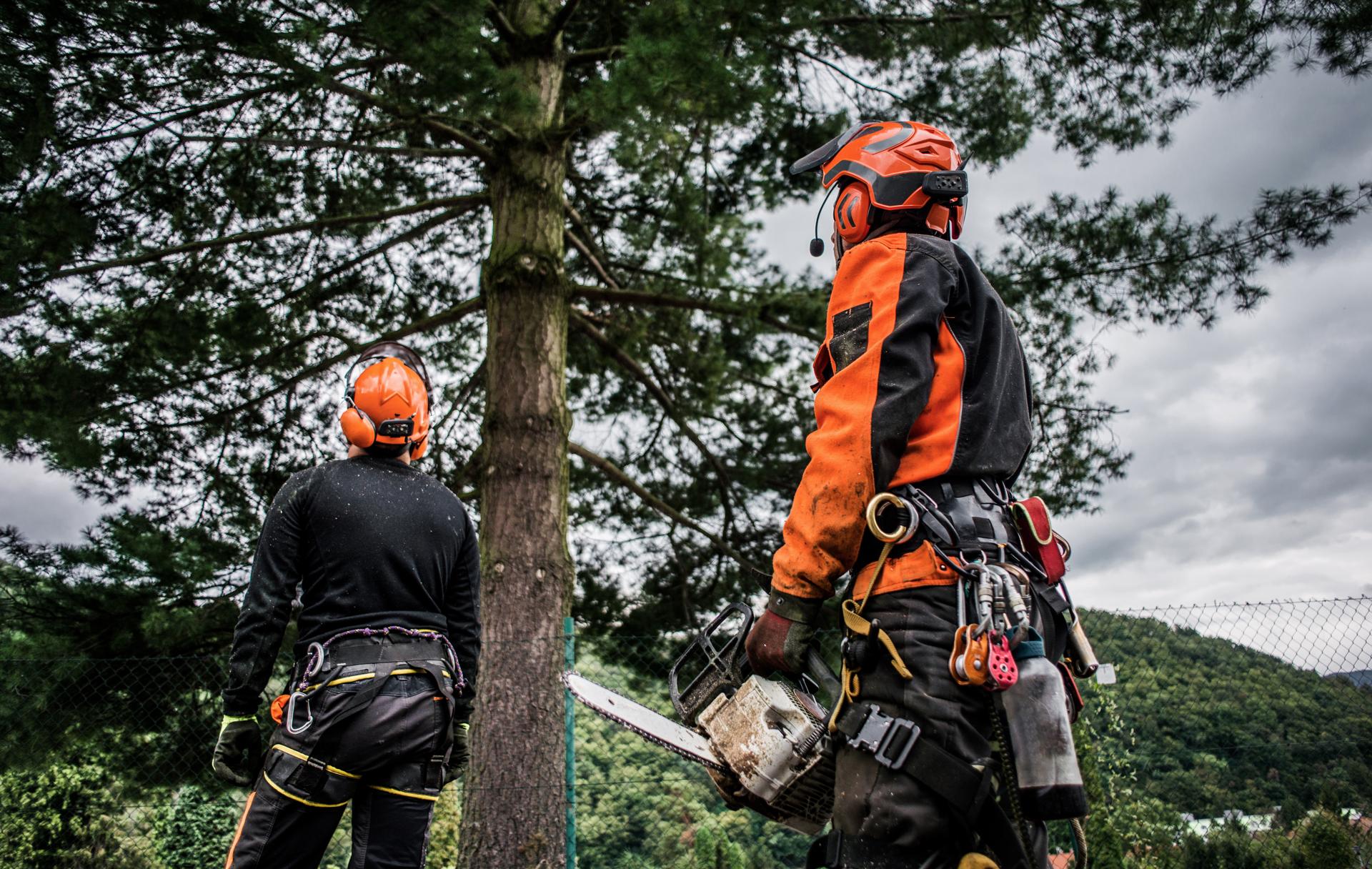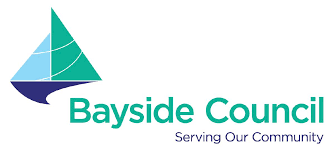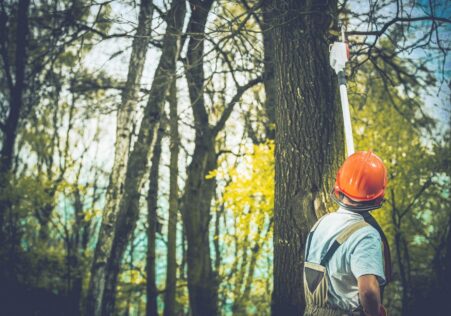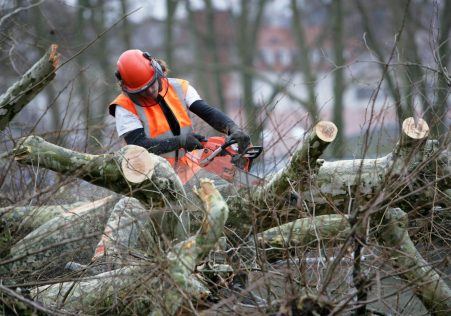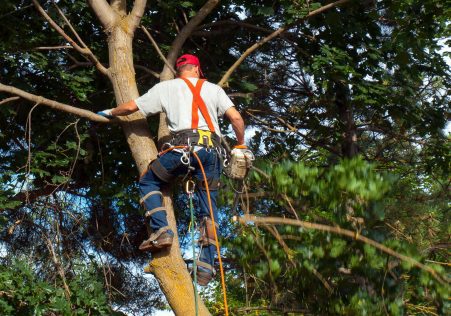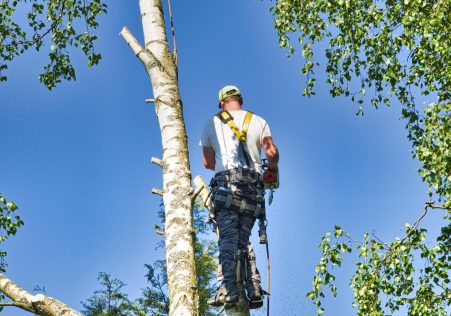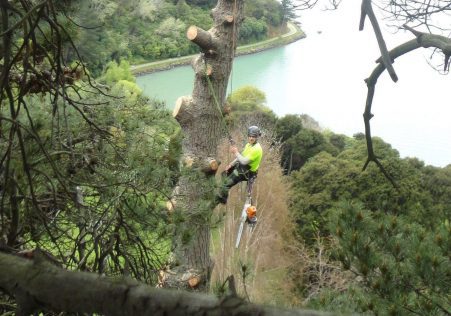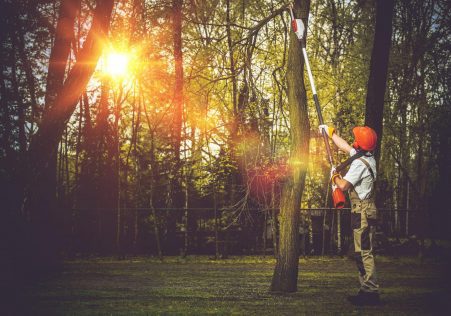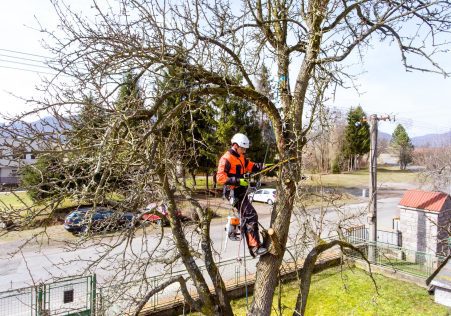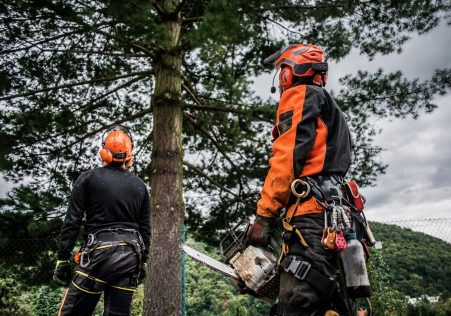Save Your Property and Your Safety: Knowing Tree Removal
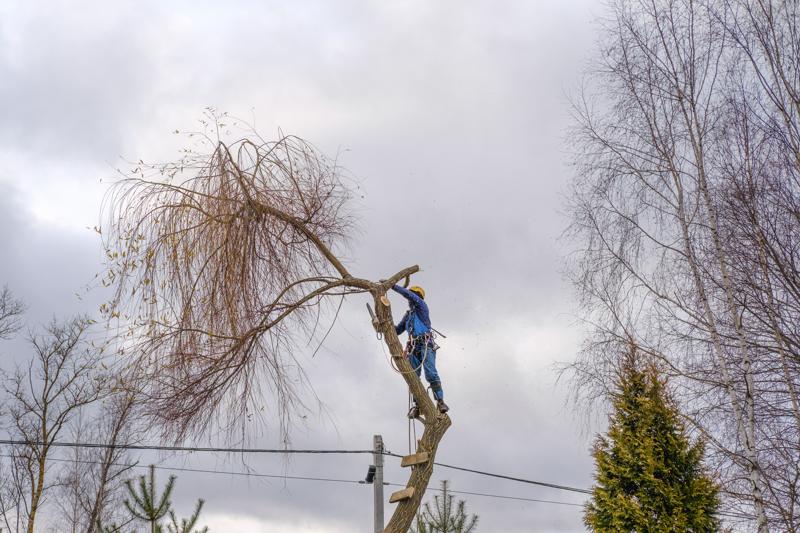
Tree removal is a difficult and potentially hazardous task. If a tree is dead, diseased, or at risk from falling down, then it might require removal to prevent damage to the property and to guarantee safety. How do you know whether a tree should be cut down? This article will walk you through the signs to look out for and help you decide the right time to call in the professionals.
Dead or Dying Trees
One of the most evident signs that a plant needs to be removed is when it is dying or dead. Dead trees do not have leaves and may appear dead. If a tree doesn’t have leaves or any signs of growth, it is likely dead. The bark of a dead tree may be dry, cracked or peeling.
Trees with diseases
The trees that are sick could pose a danger to other trees and plants in the surrounding area. The most common signs of disease in trees include yellowing leaves, wilted branches, and mushrooms growing at the base of the tree. If you suspect that your tree is suffering from disease It is essential to have it examined by a certified arborist.
Leaning Trees
Trees that lean to one side may be an indication of a failing root structure and the tree may be in danger of falling. To find out if a tree that is leaning is at risk, look for cracks or breaks within the trunk and look into the soil surrounding the tree’s base. If you notice any of these indicators, it’s best to examine the tree by an arborist.
Overhanging Branches
Overhanging branches of trees which are located close to power lines or structures could pose a threat to property and safety. If you have concerns about overhanging branches, it’s best to get the tree assessed by an arborist to determine whether removal or pruning is needed.
FAQs
How do I know when a tree has died?
The tree will be considered to be dead if it lacks leaves and has no evidence of new growth. The bark of dead trees may be dry, cracked, or peeling.
What are the warning signs of a tree that is diseased?
The most common signs of disease in trees include the appearance of yellowing leaves, wilted branches, and mushroom growth at the base of the tree.
Is it safe to take down an entire tree on your own?
Tree removal can be a complicated and potentially dangerous task. It’s best to delegate it to the experts to protect you and your family members.
Conclusion
When you’re dealing with tree removal, it’s important to be able to recognize the indications that a tree should be removed. By being aware of the indicators of dying or dead trees, diseased trees, tree leaning, and hanging branches You can take action to ensure the safety of your property and the people around you. If you suspect that there is a tree in your yard that requires removal and you are unsure, call Eastern Suburbs Tree Removal for a professional assessment. Our highly trained arborists have the expertise and tools to meet your tree removal needs. Don’t take any chances with your security. If you think a tree on your property needs to be removed, call Eastern Suburbs Tree Removal today for a expert assessment. Our expert arborists can provide you with the peace of mind that comes with knowing your property is in good with us. Contact us today to 1300 636 143 to schedule an appointment.

